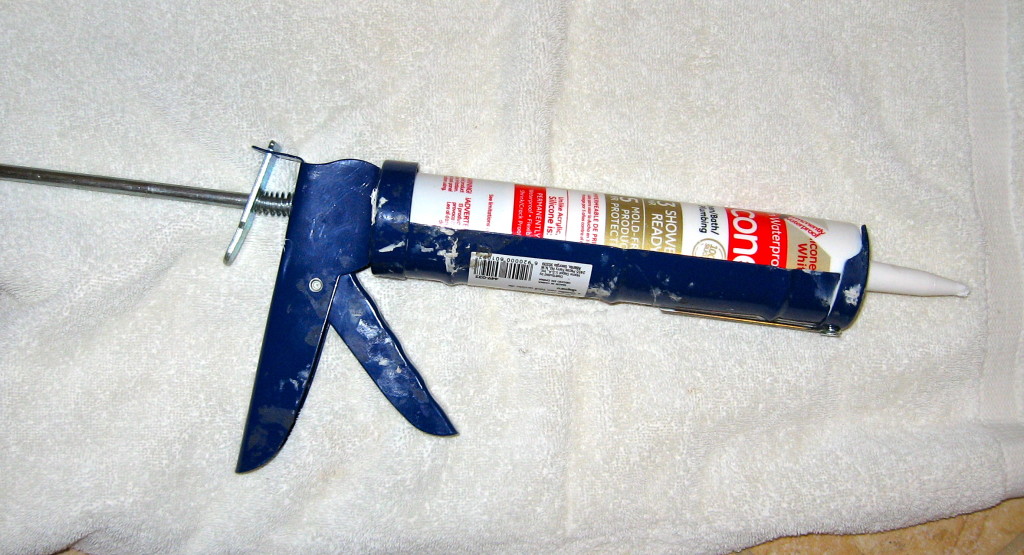Review Ryobi P882 Drill and Impact Driver Kit
This is a review of the Ryobi P882 Drill and Impact Driver Kit. I got it at Home Depot. It is a 18 Volt Lithium Ion setup. My previous cordless drill was a 12 volt nicad Hitachi which always seemed slow to me. There is a substantial increase in power with the new drill. I […]
Review Ryobi P882 Drill and Impact Driver Kit Read More »
